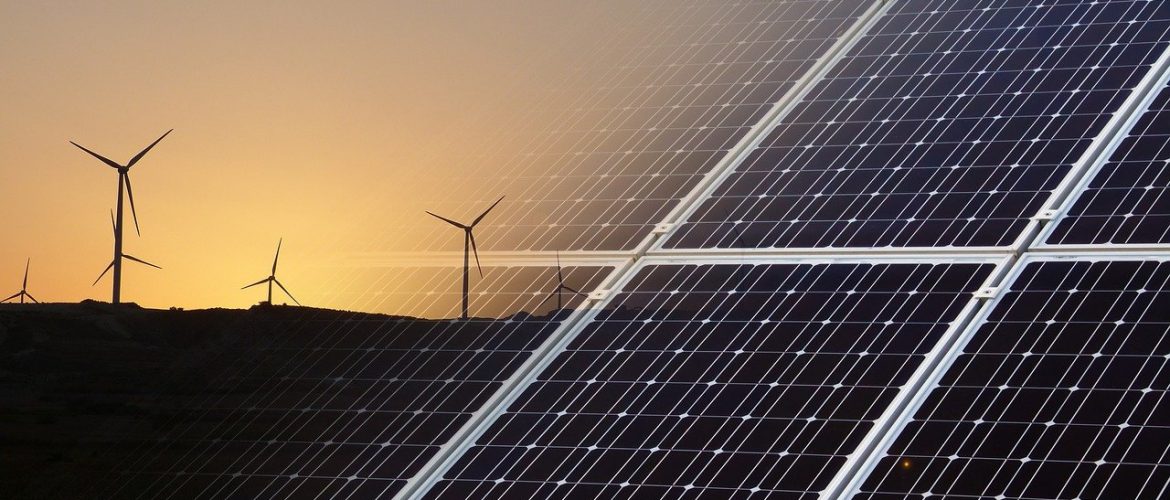According to the latest monthly data for the interconnected electricity network from ADMIE (June 2022):
Electricity produced from renewables (incl. large hydro) in Greece’s electricity network continues to grow. As a result, cumulatively for the first half of 2022, electricity produced from renewables exceeded that of fossil fuels.
Specifically for June 2022, electricity from renewables (1677GWh) recorded the second highest monthly production of 2022 behind that of March. Production from lignite remained at low levels, covering less than 11% of the demand, even though it was increased compared to the historically lowest monthly value of March and the one of April.
Thus, cumulatively for the first half of the year, renewables contributed more electricity to the interconnected network of Greece (9498 GWh) than any other energy source, for the first time in history. Fossil gas was the second energy source in the mix (8759 GWh), increased compared to the first semester of the previous year, despite the efforts by the EU level to reduce its consumption as a protection measure against the risk of disrupting fossil gas flows from Russia.
Also, despite government announcements about increasing the rate of lignite mining, lignite-based electricity production in the first half of the year hit a new record low (2460 GWh).
More specifically, for the first half of the year, electricity production from lignite was significantly reduced both relative to 2021 (-11%) and to 2020 (-18%). On the contrary, production from renewables increased in the first half of 2022 by 16% compared to 2021 and 34% compared to 2020, while energy from fossil gas was also increased, less compared to the previous year (+2%) and more (+13%) compared to 2020.
Net electricity imports were also higher compared to the first half of 2021 (+27%) – the year in which imports were at the lowest levels – but they were 47% less compared to 2020.
On the other hand, electricity from large hydro was less in 2022 compared to the particularly “wet” 2021 (-23%), but increased more with respect to the very dry 2020 (+60%).
Hence, renewables including large hydro covered 45.4% of electricity demand in Greece’s interconnected electricity network in the first half of 2022, a share close to the commitment made by the Minister of Environment and Energy for a renewables’ share higher than 50% by the end of the year,. However in order for this commitment to be confirmed, a significant acceleration of the deployment of renewables is required in the second half of the year. Contrary to renewables, the share of fossil gas decreased in the first half 2022 to 34.2% but was still higher than the corresponding share in 2020 (31.6%). The same behaviour was also observed for large hydro (decrease compared to 2021 but increase relative to 2020). On the other hand the share of lignite with 9,6% in the first half of 2022, was lower than the corresponding shares of both 2021 and 2020.




















































































































































































































































































































